Soundproofing a room: has anyone done it?
l_mtl
17 years ago
Featured Answer
Sort by:Oldest
Comments (10)
brickeyee
17 years agolast modified: 9 years agol_mtl
17 years agolast modified: 9 years agoRelated Professionals
Winton Kitchen & Bathroom Designers · South Farmingdale Kitchen & Bathroom Designers · South Farmingdale Kitchen & Bathroom Designers · Apex Kitchen & Bathroom Remodelers · East Patchogue Interior Designers & Decorators · Bound Brook General Contractors · Coronado General Contractors · Corsicana General Contractors · Forest Grove General Contractors · Hammond General Contractors · Hanford General Contractors · Janesville General Contractors · Norfolk General Contractors · Wheeling General Contractors · Wyomissing General Contractorsjejvtr
17 years agolast modified: 9 years agopjb999
17 years agolast modified: 9 years agotoronto_doug
17 years agolast modified: 9 years agodustygirl
17 years agolast modified: 9 years agomightyanvil
17 years agolast modified: 9 years agoralleia
17 years agolast modified: 9 years agobrickeyee
17 years agolast modified: 9 years ago
Related Stories

LAUNDRY ROOMSThe Cure for Houzz Envy: Laundry Room Touches Anyone Can Do
Make fluffing and folding more enjoyable by borrowing these ideas from beautifully designed laundry rooms
Full Story
BUDGET DECORATINGThe Cure for Houzz Envy: Living Room Touches Anyone Can Do
Spiff up your living room with very little effort or expense, using ideas borrowed from covetable ones
Full Story
CLOSETSThe Cure for Houzz Envy: Closet Touches Anyone Can Do
These easy and inexpensive moves for more space and better organization are right in fashion
Full Story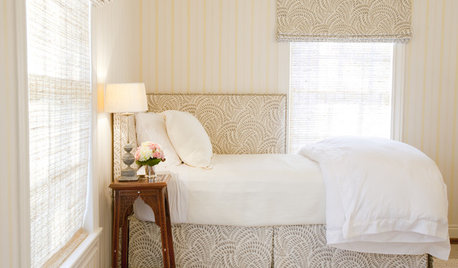
DECORATING GUIDESThe Cure for Houzz Envy: Guest Room Touches Anyone Can Do
Make overnight guests feel comfy and cozy with small, inexpensive niceties
Full Story
BUDGET DECORATINGThe Cure for Houzz Envy: Entryway Touches Anyone Can Do
Make a smashing first impression with just one or two affordable design moves
Full Story
MUDROOMSThe Cure for Houzz Envy: Mudroom Touches Anyone Can Do
Make a utilitarian mudroom snazzier and better organized with these cheap and easy ideas
Full Story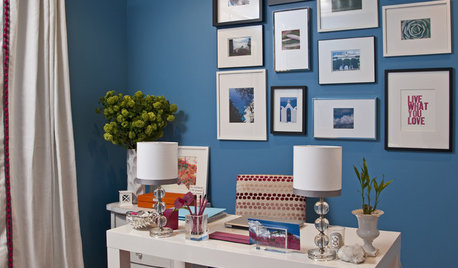
HOME OFFICESThe Cure for Houzz Envy: Home Office Touches Anyone Can Do
Borrow these modest design moves to make your workspace more inviting, organized and personal
Full Story
KITCHEN DESIGNThe Cure for Houzz Envy: Kitchen Touches Anyone Can Do
Take your kitchen up a notch even if it will never reach top-of-the-line, with these cheap and easy decorating ideas
Full Story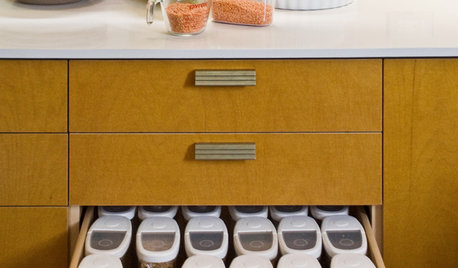
KITCHEN DESIGN6 Clever Kitchen Storage Ideas Anyone Can Use
No pantry, small kitchen, cabinet shortage ... whatever your storage or organizing dilemma, one of these ideas can help
Full Story
BEDROOMSThe Cure for Houzz Envy: Master Bedroom Touches Anyone Can Do
Make your bedroom a serene dream with easy moves that won’t give your bank account nightmares
Full StorySponsored
Your Industry Leading Flooring Refinishers & Installers in Columbus
More Discussions








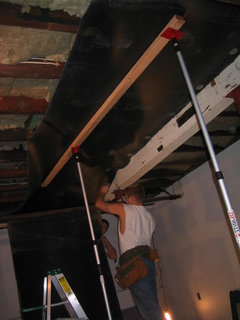




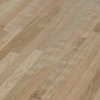
aquabach